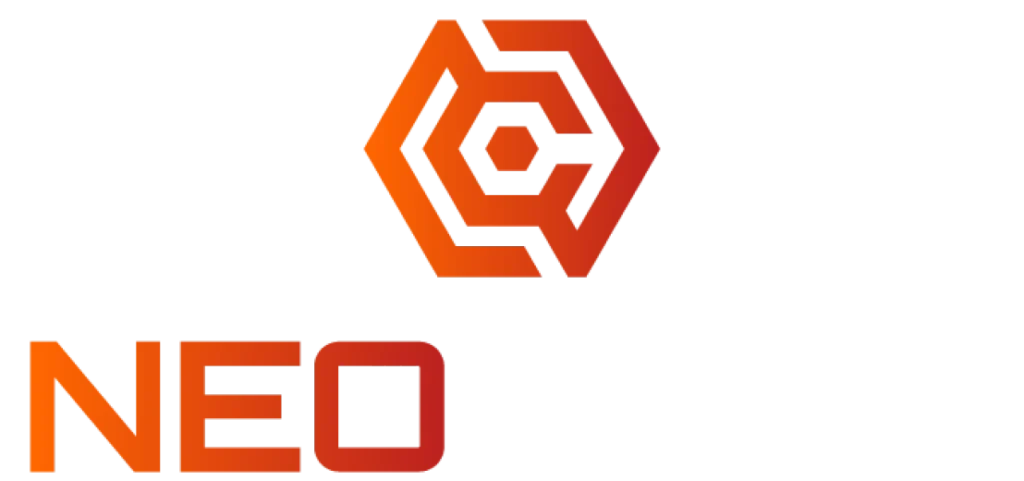Welcome back to the Neo Fuel blog, where we delve into the fascinating process that brings fuel to your vehicle. Today, we’re exploring the complex journey of oil from beneath the earth’s surface to the pumps at your local Neo Fuel station. Understanding this process not only highlights the technological advancements in the oil and gas industry but also underscores the importance of ensuring access to reliable energy sources.
1. Exploration and Extraction
The journey begins with exploration. Oil companies use advanced technologies such as 3D seismic imaging to locate potential oil reserves. According to the International Association of Oil & Gas Producers, 3D seismic technology has improved exploration success rates by about 10-15% over traditional methods.
2. Drilling and Production
Once reserves are identified, drilling commences. The U.S. Energy Information Administration states that over 90 million barrels of oil are produced daily worldwide (EIA, 2021). In Canada, Alberta alone accounts for over 80% of the country’s crude oil production, with the oilsands industry being a significant contributor (Government of Alberta, 2022).
3. Transportation
After extraction, crude oil must be transported to refineries. Around 60% of the world’s oil is transported via pipelines, while the remaining quantity is shipped via tankers (The International Energy Agency, 2022). Canada’s Trans Mountain Pipeline, which recently underwent expansion, has become pivotal in increasing Canada’s oil export capacity by 590,000 barrels per day.
4. Refining
The refining process transforms crude oil into usable products like gasoline, diesel, and jet fuel. In 2021, Canada’s refineries processed approximately 1.9 million barrels of crude oil daily (Natural Resources Canada, 2022). The refining process is incredibly sophisticated, separating crude into different components based on boiling points through distillation.
5. Distribution and Retail
The final stage is distribution. Refined products are transported to local stations and wholesalers. Canada’s retail fuel sector consists of approximately 12,000 gas stations, with the industry generating around $57 billion in revenue annually (Canadian Fuels Association, 2022).
Real-Life Industry Examples
A notable example is the Norlite Pipeline in Alberta, which provides an illustrative case of integrated transportation and production strategies, efficiently moving diluent products to support oilsands production. Another example is Suncor Energy’s refinery optimization initiatives, which have resulted in a 20% increase in refining capacity over the past decade, showcasing industry efforts to enhance efficiency and productivity.
Conclusion: From Ground to Your Tank
The journey from oil extraction to your gas tank is a testament to the intricate and interconnected processes within the energy sector. Neo Fuel is proud to play a part in this seamless delivery of energy, ensuring that you have reliable access to the fuel you need. By understanding this journey, we better appreciate the myriad efforts that power our world and the continuous innovations that drive progress in the oil and gas industry.
Stay tuned to the Neo Fuel blog for more insights into energy, innovation, and our commitment to fueling your world with trust and excellence.

